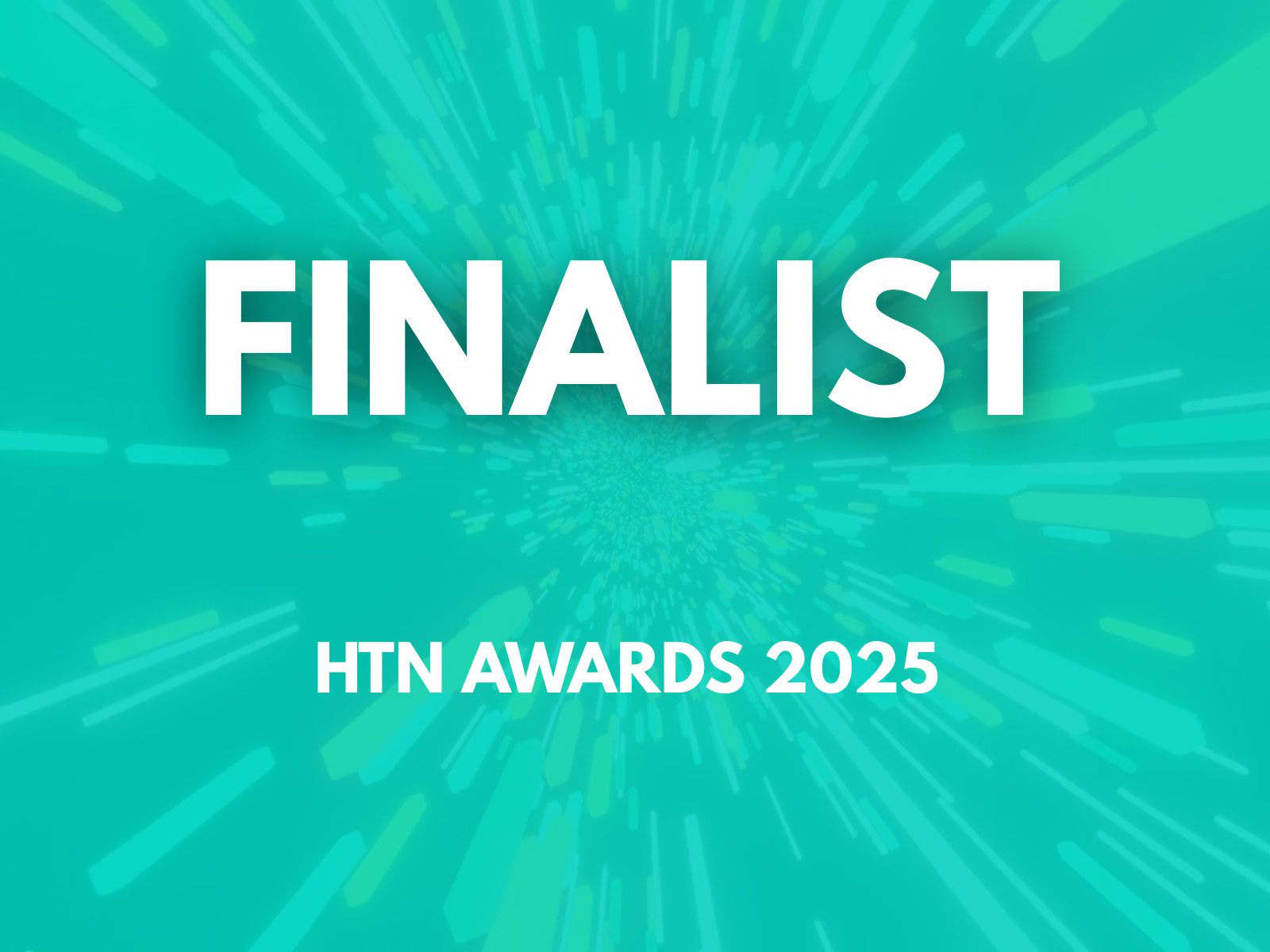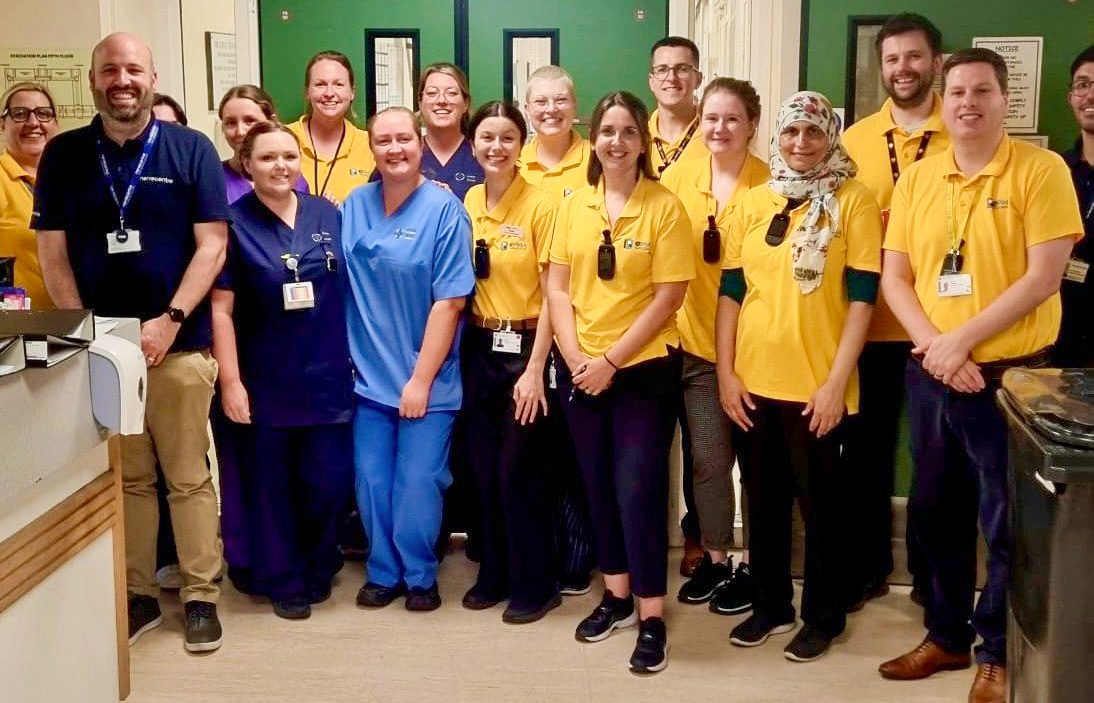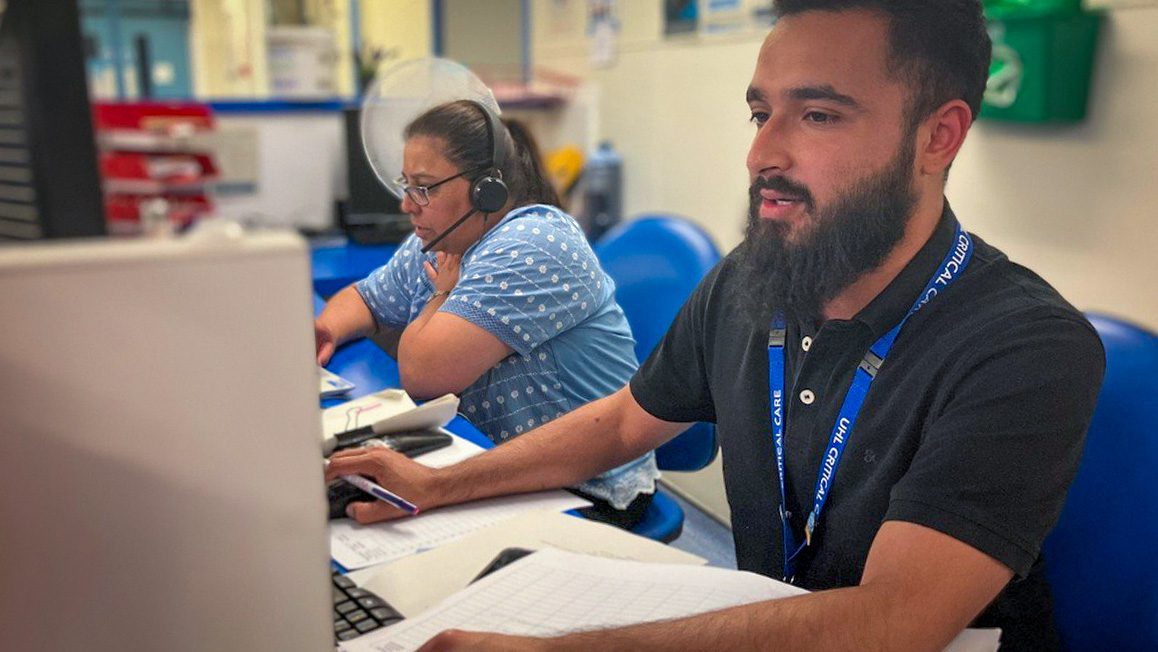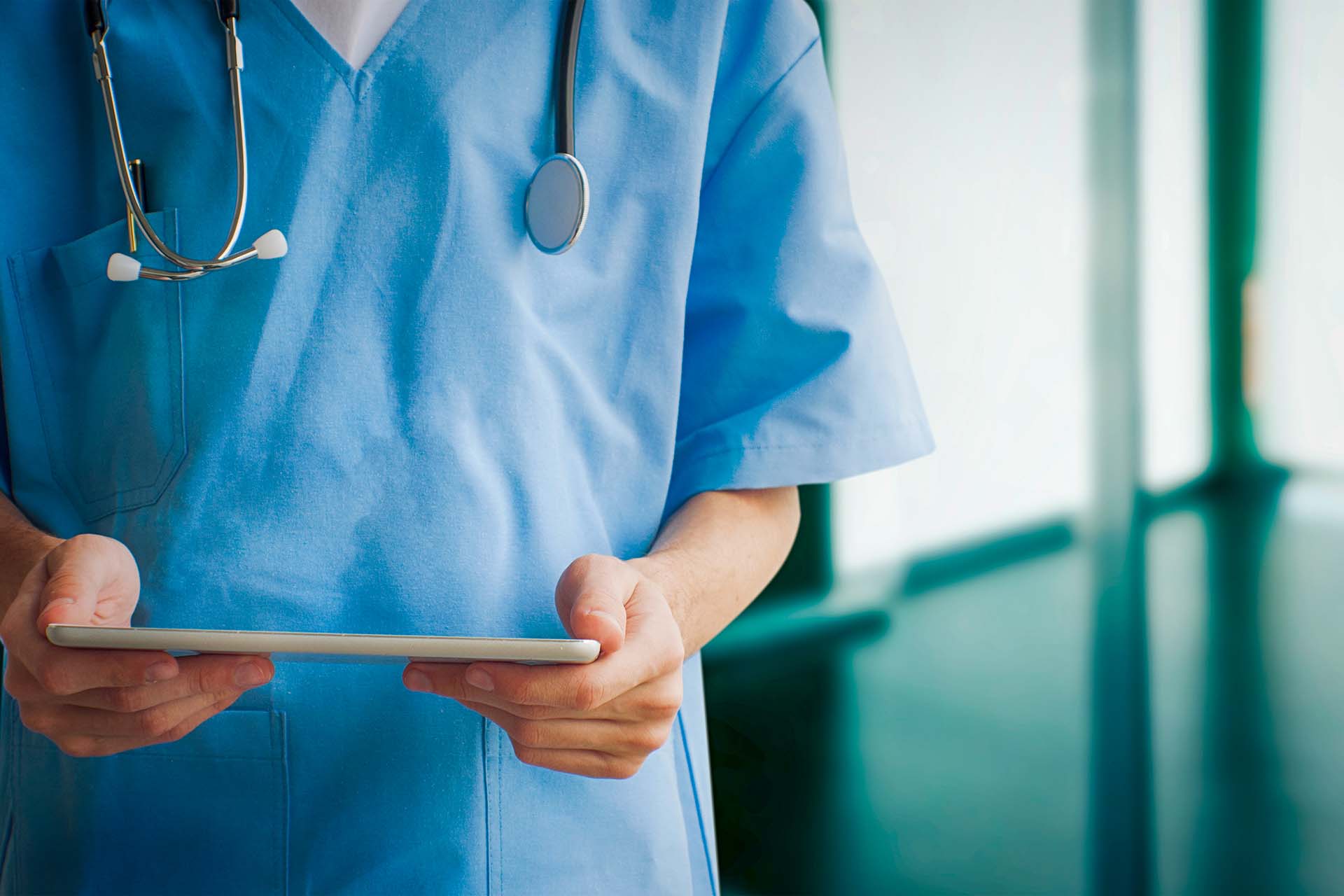Innovatively the new clinical photography solution from Nervecentre only allows photos to be captured within the patient record and then securely stores them immediately after they have been taken. The photos are efficiently organised and categorised in an intuitive photo library on the chosen patient’s record.
Soon to be used by staff at Nottingham University Hospitals NHS Trust (NUH), the mobile clinical solution will be embedded into every part of the patient pathway.
Caron Swinscoe, Chief Nurse Health Informatics and Head of Clinical Engagement (NUH), explains that “With every nurse and doctor carrying a mobile device, smart-phones are set to revolutionise how clinical photography is used. With the appropriate permissions, a clinician can view photos anywhere, on a mobile device, on a large screen for a board round, and are always integrated into the patient record, forming an integral part of the patient’s care plan”
Use of clinical photography in hospitals has a variety of important uses to assist in the diagnosis and monitoring of wounds. Clinical photography also supports NICE guidelines (CG179) for assessment and management of pressure ulcers. Speciality referrals including burns plastics tissue viability will be fast-tracked and remotely accessible with the use of the digital photography care record. An additional key benefit of clinical photography is for evidence to support patient incidents or litigation.
Paul Volkaerts, CEO Nervecentre Software said
“Enabling clinical photography to be done by all nurses and doctors, and integrating those photos directly into the patient record has a transformational effect on patient care. Once you have real-time images incorporated in a board round, it’s hard to understand working without them”





